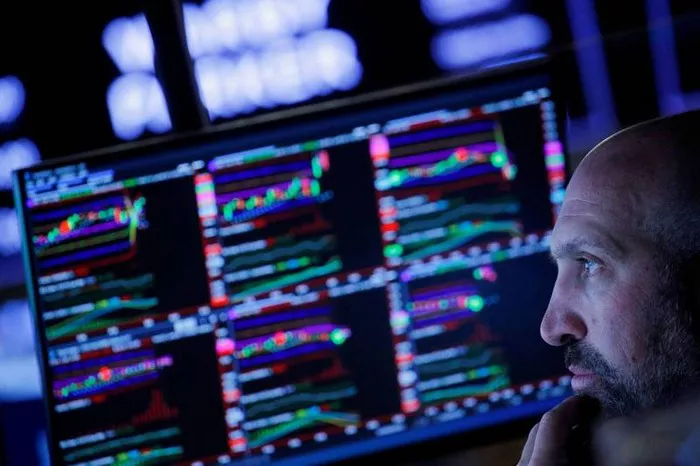The Dow Jones Industrial Average, commonly known as the Dow, is one of the most widely recognized benchmarks of the U.S. stock market. Comprising 30 large-cap stocks representing various sectors of the economy, the Dow serves as a barometer for assessing market performance and investor sentiment. While the Dow 30 index provides a snapshot of current market conditions, Dow futures offer a glimpse into future market expectations and potential price movements. In this article, we explore the relationship between Dow futures and the Dow 30 index, shedding light on their similarities, differences, and implications for market analysis.
Understanding Dow Futures
Dow futures, also known as Dow Jones futures, are financial derivatives that allow investors to speculate on the future direction of the Dow Jones Industrial Average. Traded on futures exchanges such as the Chicago Mercantile Exchange (CME) and the Intercontinental Exchange (ICE), Dow futures contracts represent agreements to buy or sell the DJIA at a predetermined price and date in the future.
Dow futures provide investors with an opportunity to hedge against market risk, speculate on future price movements, and gain exposure to the broader stock market. By trading Dow futures contracts, investors can capitalize on market trends and make informed decisions about portfolio allocation and risk management.
Components of the Dow 30 Index
The Dow 30 index, often referred to simply as the Dow, is composed of 30 blue-chip stocks representing various sectors of the U.S. economy. These stocks are selected by the editors of The Wall Street Journal, who aim to create a diversified index that reflects the overall performance of the stock market.
The components of the Dow 30 index include companies such as Apple Inc., Microsoft Corporation, The Boeing Company, and The Walt Disney Company, among others. These companies are leaders in their respective industries and are considered bellwethers of the U.S. economy, making them influential components of the index.
Calculation Methodology
While both Dow futures and the Dow 30 index are based on the performance of the same 30 blue-chip stocks, they are calculated and traded differently. The Dow 30 index is a price-weighted index, meaning that the price of each stock in the index is weighted according to its share price rather than its market capitalization.
In contrast, Dow futures are futures contracts that derive their value from the performance of the Dow 30 index. Changes in the prices of the component stocks will impact the value of the Dow 30 index and, by extension, the value of Dow futures contracts.
Trading Dow Futures
Dow futures are traded on futures exchanges such as the Chicago Mercantile Exchange (CME) and the Intercontinental Exchange (ICE). These contracts allow investors to speculate on the future direction of the Dow Jones Industrial Average and hedge against market risk.
Dow futures contracts are standardized agreements that specify the terms of the trade, including the price, expiration date, and size of the contract. Trading Dow futures requires a margin deposit, which serves as collateral for the trade and helps mitigate counterparty risk.
Relationship Between Dow Futures and the Dow 30 Index
While Dow futures and the Dow 30 index are closely related, they are not the same. Dow futures derive their value from the performance of the Dow 30 index but are traded separately on futures exchanges. Changes in the prices of the component stocks will impact the value of the Dow 30 index and, by extension, the value of Dow futures contracts.
Dow futures provide investors with an indication of market sentiment and expectations for future price movements in the stock market. Changes in Dow futures prices can reflect shifts in investor confidence, economic conditions, and geopolitical factors that may impact the broader market.
Implications for Market Analysis
Dow futures play a crucial role in market analysis, providing insights into market sentiment, investor confidence, and future price trends. Changes in Dow futures prices can indicate shifts in market expectations and potential opportunities for investors and traders.
By monitoring Dow futures prices and market trends, investors can make more informed decisions about portfolio allocation, asset allocation, and risk management. Dow futures can also serve as indicators of market volatility and risk appetite, helping investors assess risk levels and identify potential opportunities in the market.
Conclusion
In conclusion, Dow futures and the Dow 30 index are closely related but not the same. While both are based on the performance of the same 30 blue-chip stocks, they are calculated and traded differently. Dow futures derive their value from the performance of the Dow 30 index but are traded separately on futures exchanges.
Understanding the relationship between Dow futures and the Dow 30 index is essential for investors and traders seeking to navigate the complexities of the stock market. By monitoring Dow futures prices and market trends, investors can gain valuable insights into market sentiment, investor confidence, and potential price movements, helping them make more informed decisions about their investments.


